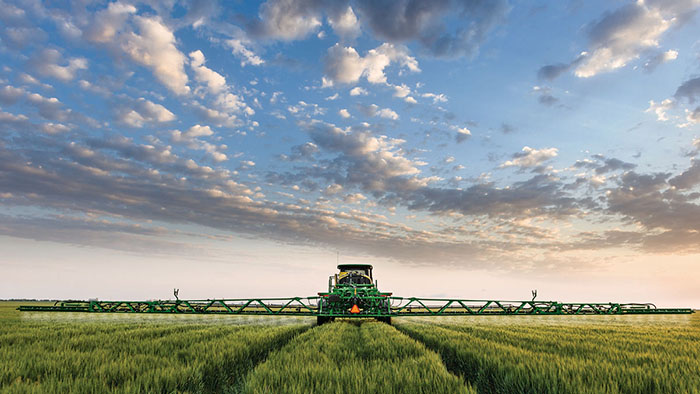Advertise Follow Us
Crop Protection

Learn which products and management tactics can help no-tillers protect their farm ground from yield-robbing threats posed by weeds, diseases and insect pests.
ARTICLES
In this podcast, brought to you by NewFieldsAg, Jill Clapperton, a world-renowned soil biologist and rhizosphere ecologist, helps farmers better understand what lives — and must thrive — below the soil surface to regenerate and maintain healthy soil structure.
Read More
Tips for Spring Herbicide Burndown Applications
Various factors can greatly impact burndown herbicide effectiveness. Below are some considerations when applying burndown herbicides this spring to control weeds and terminate cover crops.
Read More
[Podcast] What a Glyphosate Ban Could Do to U.S. Agriculture
In this podcast, brought to you by Yetter Farm Equipment, Elizabeth Burns-Thompson, executive director of the Modern Ag Alliance (founded by Bayer), details the organization’s work to protect the availability of crop protection tools such as glyphosate.
Read More

















